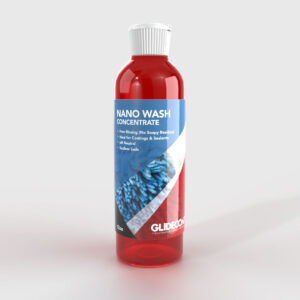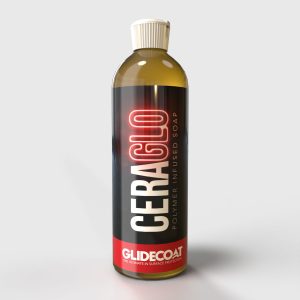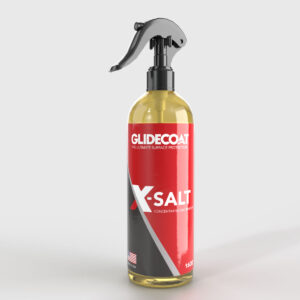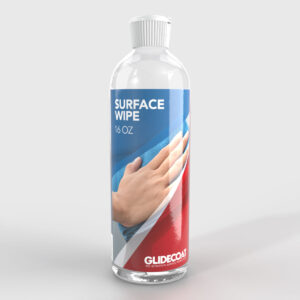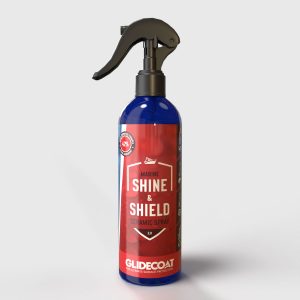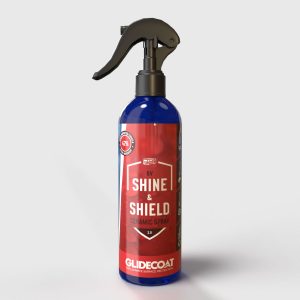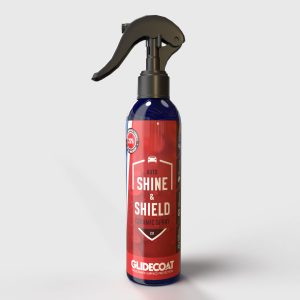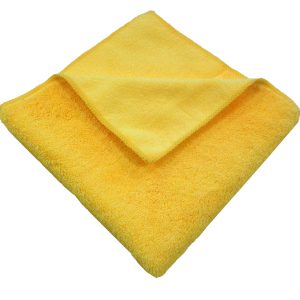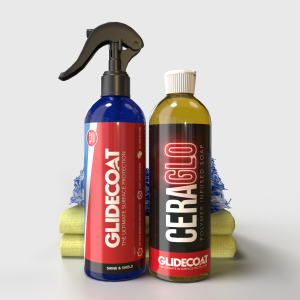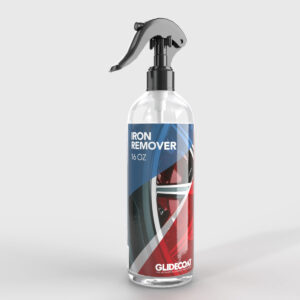Whether a new boat or an older one, boat protection and boat maintenance are key areas that as boat owners we need to focus on.
Given the harsh conditions, acid rain, UV, salt, marine organisms, fuel exhaust to name just a few of the challenges keeping your boat clean, a nice shine and luster is a challenge.
Add to that marine gel coat and paint is very porous and traps dirt, fish blood and salt it is an uphill battle.
With that Glidecoat has developed a series of boat maintenance products that can help significantly address those maintenance challenges. Unfortunately, it won’t restore a chalky or crazed surface, but it will minimize damage going forward and for surfaces that are not damaged, help retain that shine and luster.

